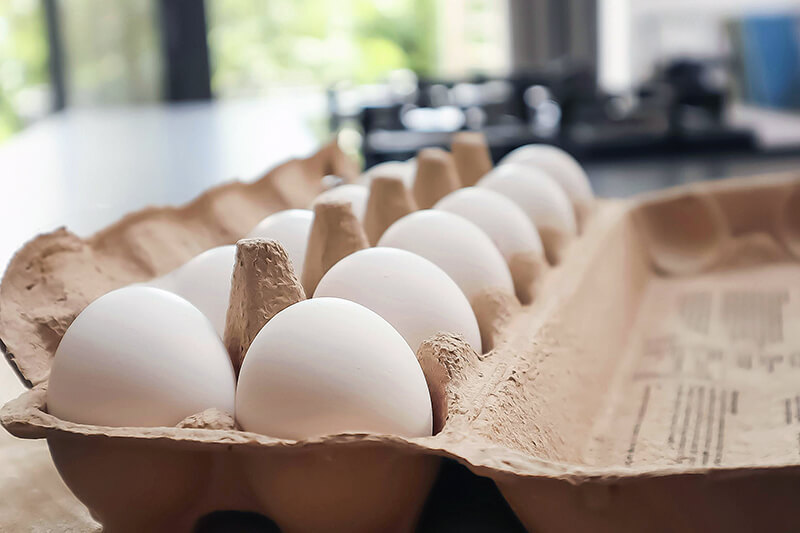
Eggs: From Hen to Home (Grades 3-5)
Students trace the production path of eggs, beginning on the farm and ending in their home and identify the culinary uses and nutritional benefits of eggs.

Students trace the production path of eggs, beginning on the farm and ending in their home and identify the culinary uses and nutritional benefits of eggs.
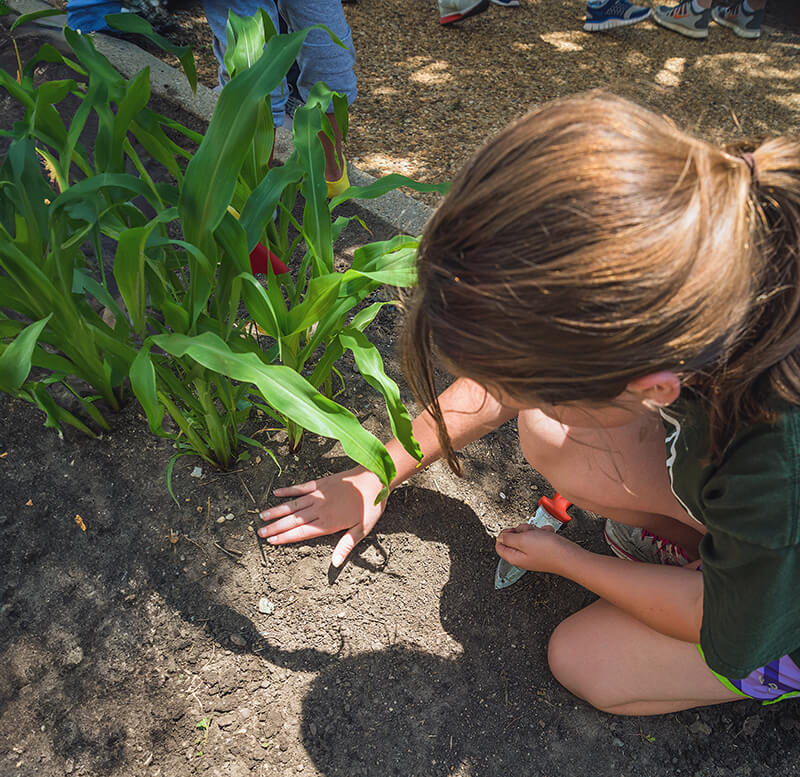
Students investigate the "three sisters" crops (corn, beans, and squash) and explore the benefits of planting these crops together.
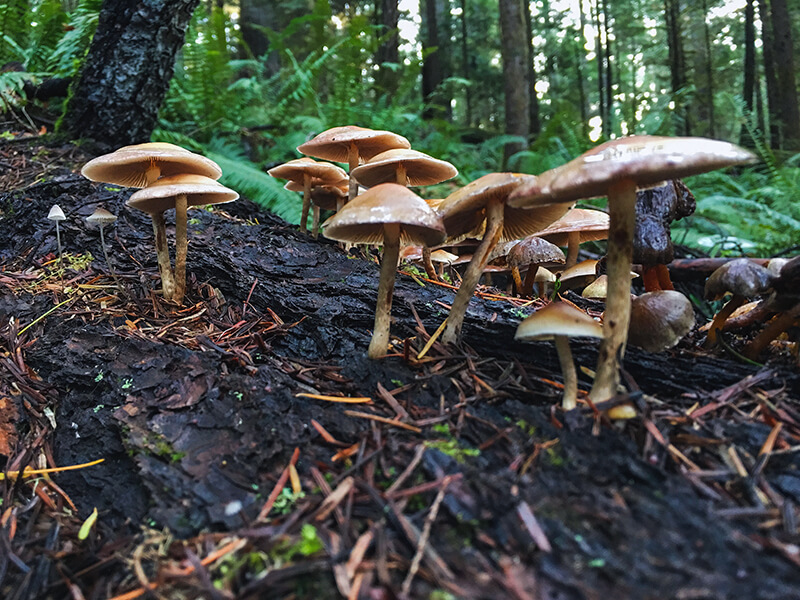
Students compare the differences between natural and managed ecosystems and describe ways in which farmers can protect agricultural ecosystems.
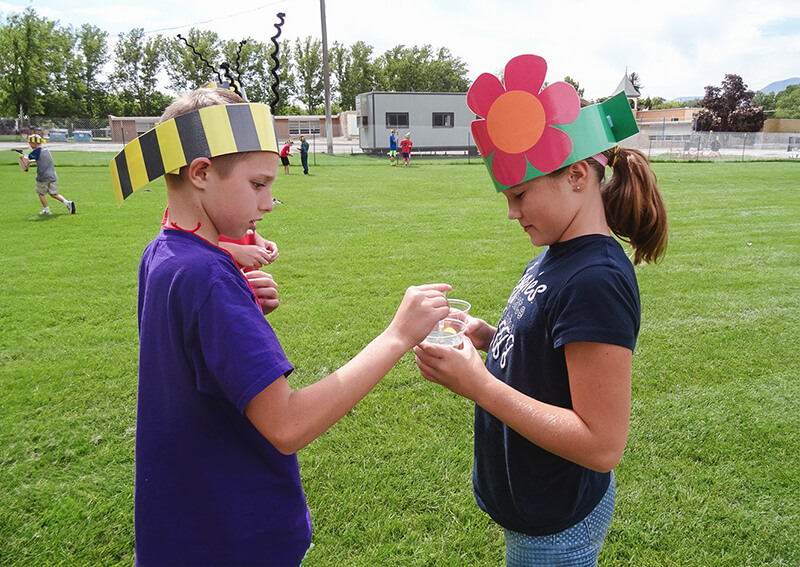
Students identify the parts of a honey bee, the stages of its life cycle, and its role in pollination.
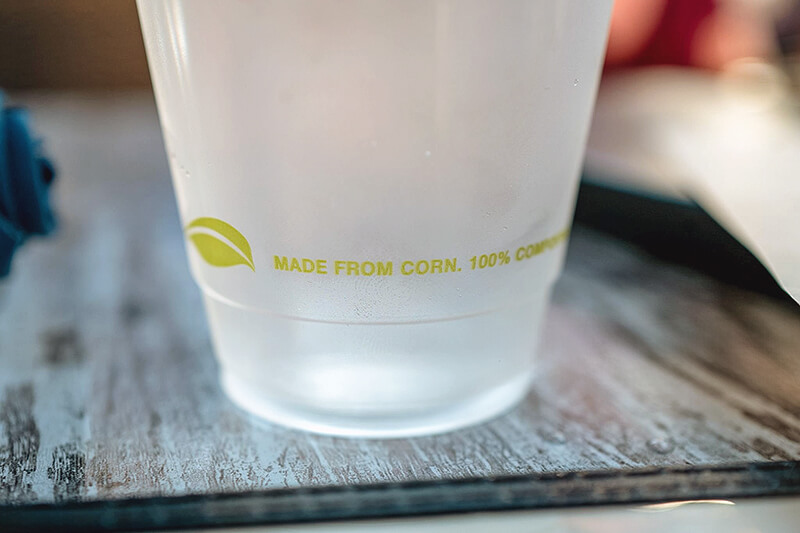
Students examine the growth, composition, history, and uses of corn through a close reading activity, discussion of renewable and non-renewable resources, and hands-on exploration of bioplastics made from corn.
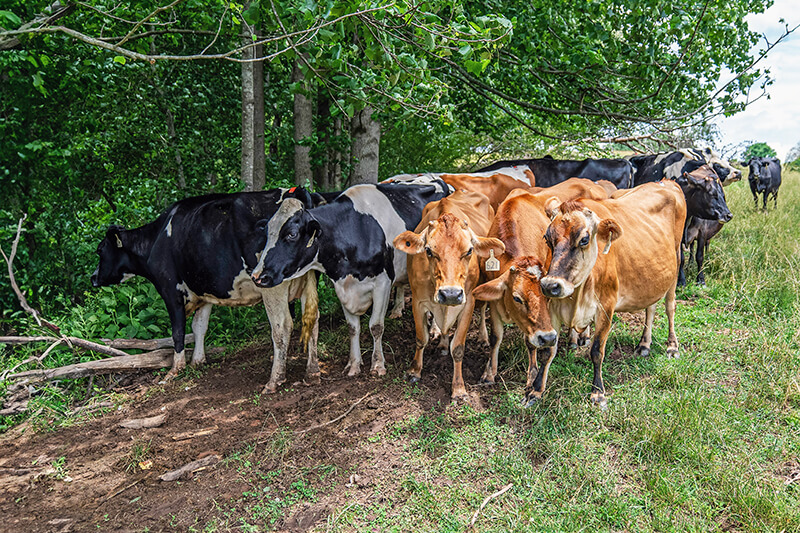
Students explore breed characteristics and countries of origin for five different breeds of dairy cattle and discover why dairy farmers choose individual breeds for specific purposes.
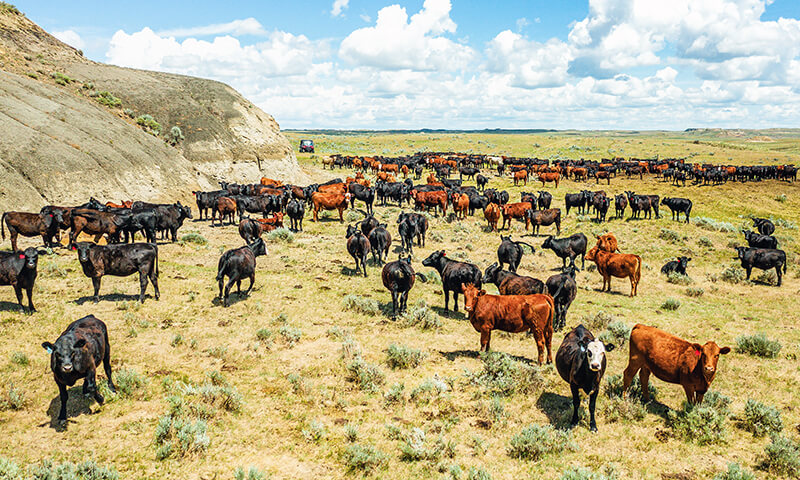
Students explain the value of the beef cattle industry, including the products cattle produce, the production process from farm to plate, and how cattle can utilize and obtain energy from grass and other forage.
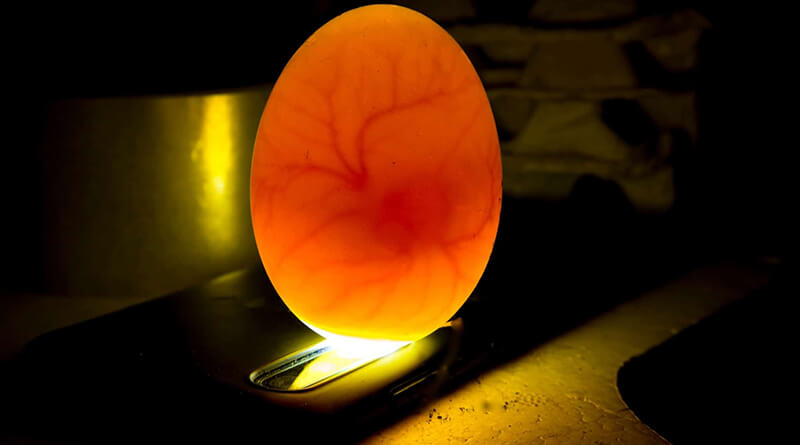
Students investigate embryo development in chicken eggs.
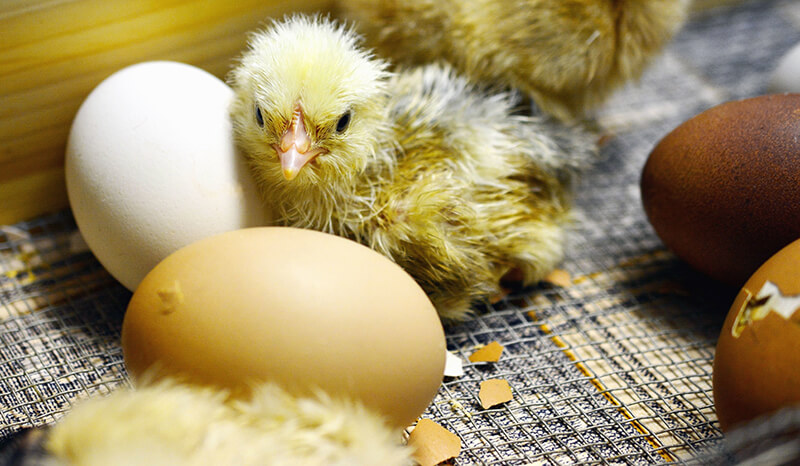
Students explore how an embryo develops inside of a chicken egg over time, discuss life cycles and other natural cycles, and observe similarities and differences between parents and offspring.
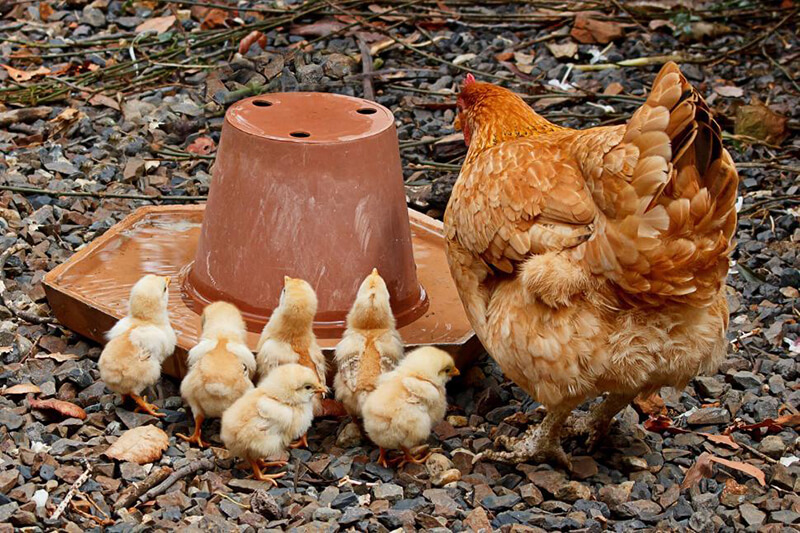
Students identify different breeds of chickens, examine physical characteristics, and determine the stages of a chicken's life cycle.
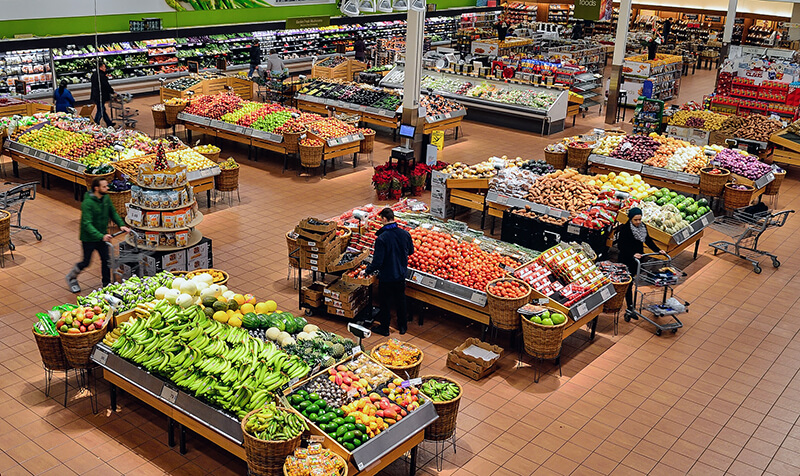
Students explore different cultures around the world, compare worldwide communities with local communities, and explain the interrelationship between the environment and community development.
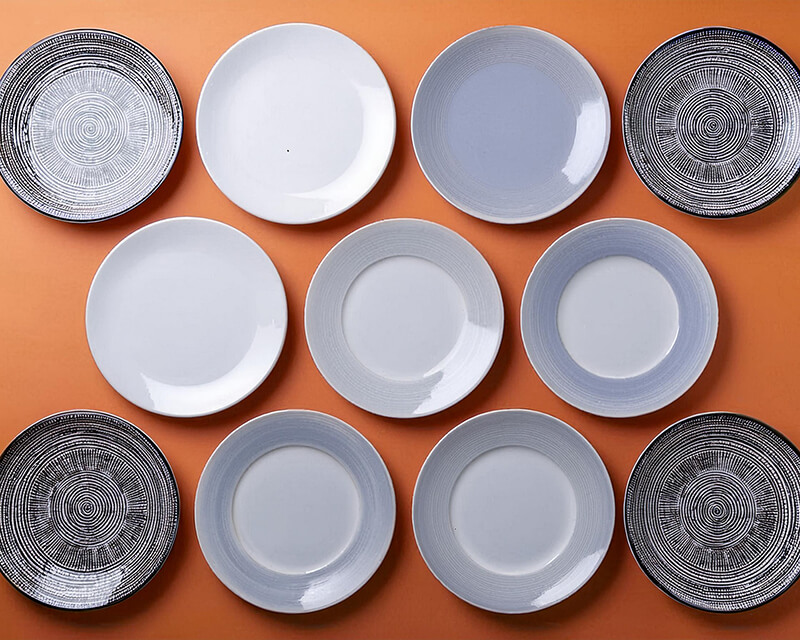
Students explore the wide scope of agriculture, identify the variety of agricultural products and by-products they use in their daily lives, and discuss the difference between needs and wants.